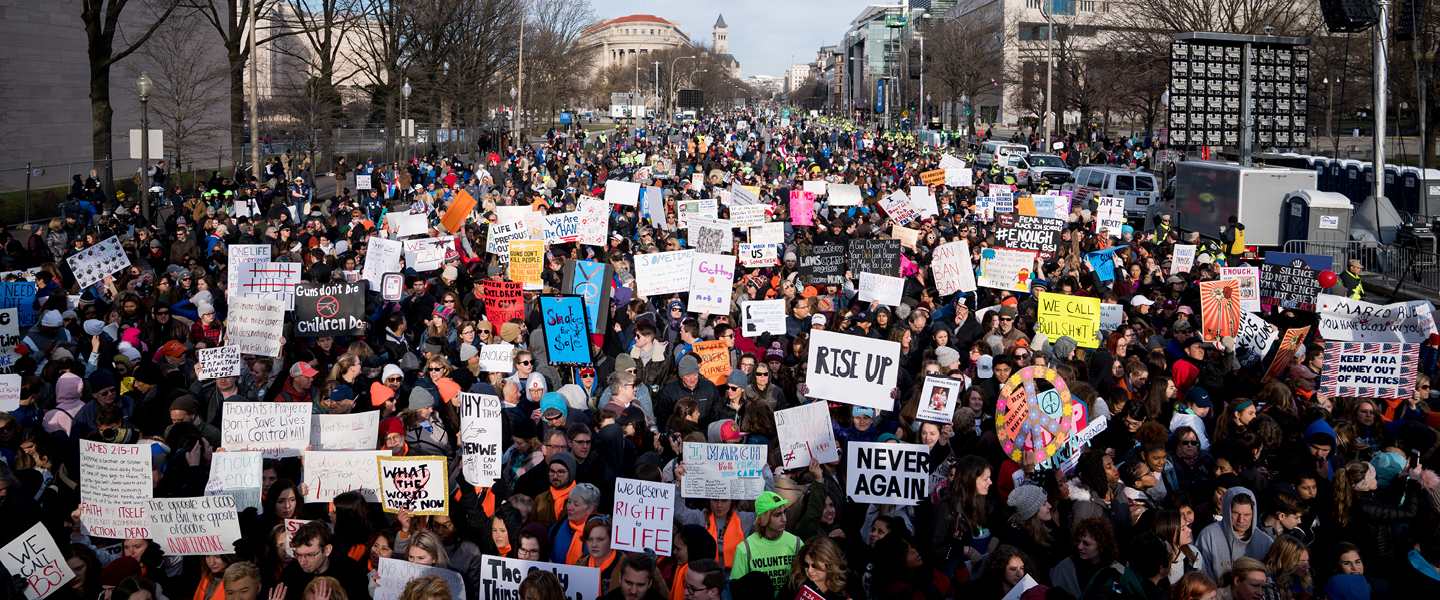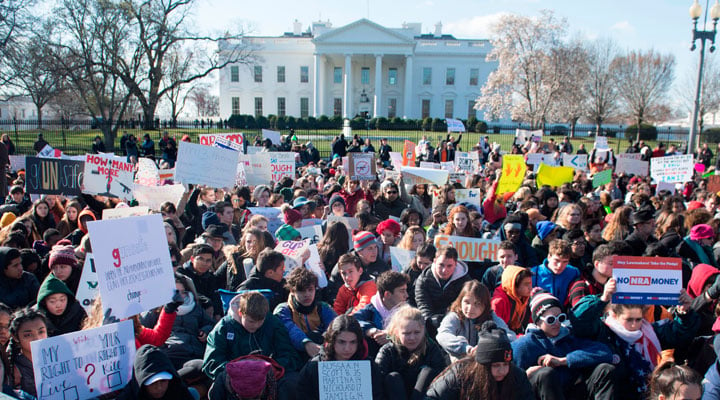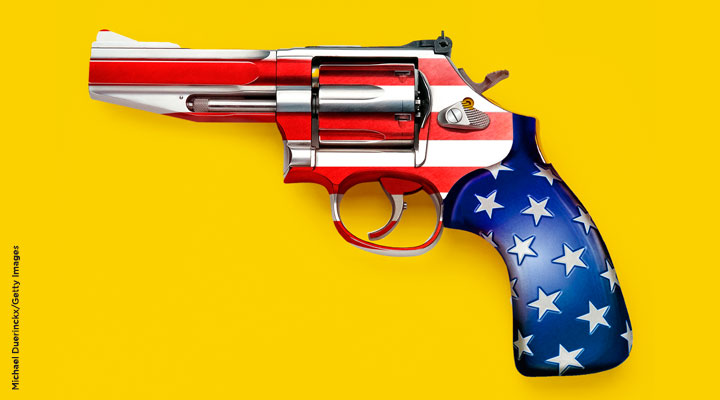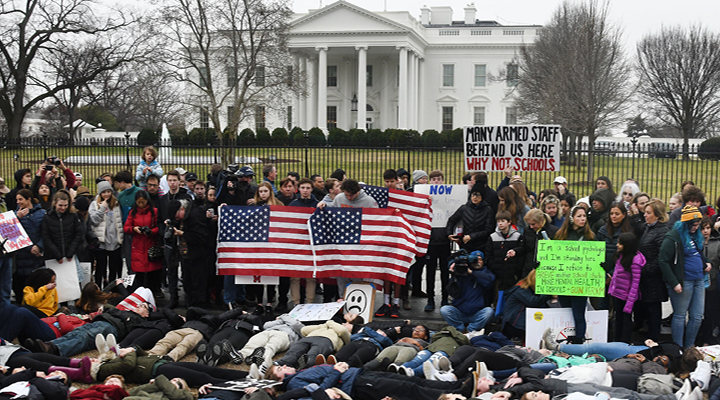Students around the country seized the nation’s attention on Saturday as they marched against gun violence with raised fists and tear-streaked faces. The marches were planned by student activists in response to the February 14 shooting at Marjory Stoneman Douglas High School in Parkland, Florida, that killed 17 people.
Standing before vast crowds in the nation’s capital and in cities and towns across the country, the speakers—nearly all of them students—delivered an anguished and defiant message: They will stop at nothing to get politicians to take action to prevent gun violence.
“Today, we march,” Delaney Tarr, a 17-year-old senior at Stoneman Douglas, told those gathered in Washington, D.C. “We fight. We roar. We prepare our signs. We raise them high. We know what we want, we know how to get it, and we are not waiting anymore.”
The crowd at the Washington, D.C., rally—called March for Our Lives—was estimated at several hundred thousand. Around the country and abroad, hundreds of thousands more participated in about 800 coordinated marches. Aerial video captured seas of people—in front of Trump International Hotel in New York City; in a central square in Tokyo, Japan; along the streets of Boston, Massachusetts; at a rally in downtown Fort Worth, Texas; and crammed into a park less than a mile from Stoneman Douglas High.
Speakers called for gun control and pledged to use their newfound political power in the midterm elections this fall. Lawmakers in Congress have largely disregarded students’ pleas for action in the five weeks since the Parkland shooting.
“If they continue to ignore us, to only pretend to listen, then we will take action where it counts,” Tarr said. “We will take action every day in every way until they simply cannot ignore us anymore.”









